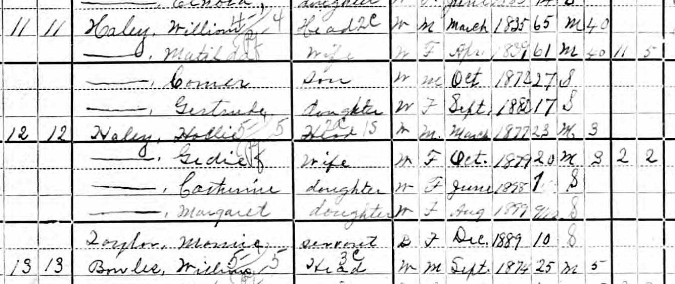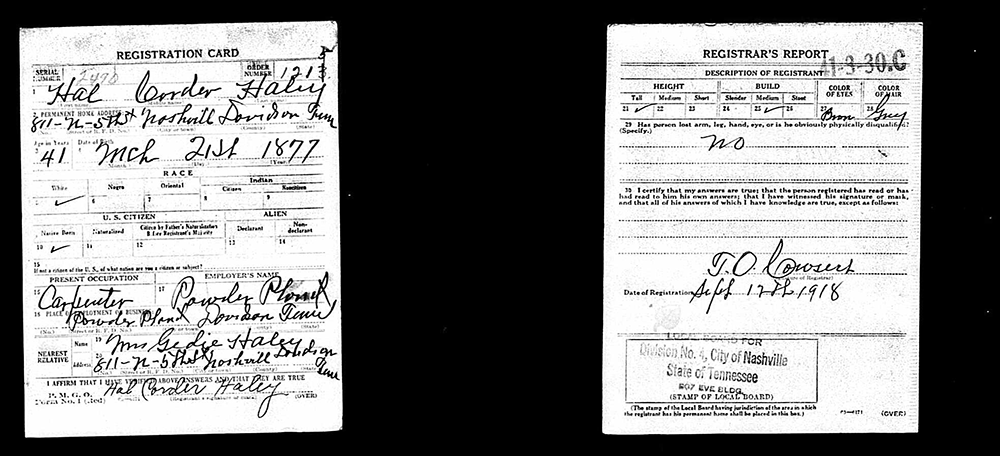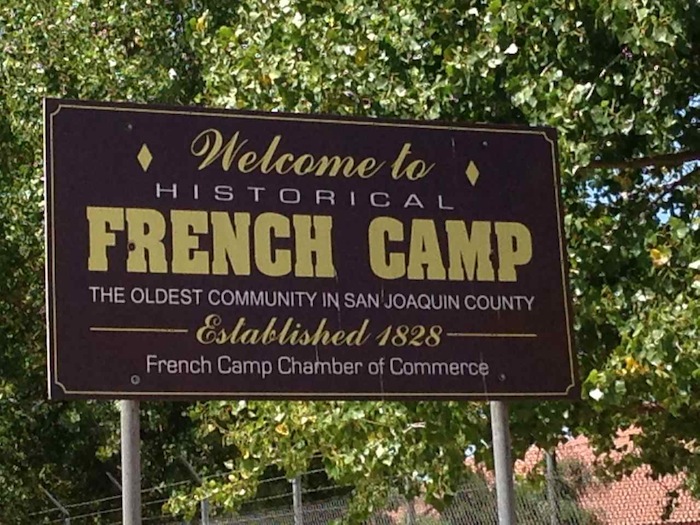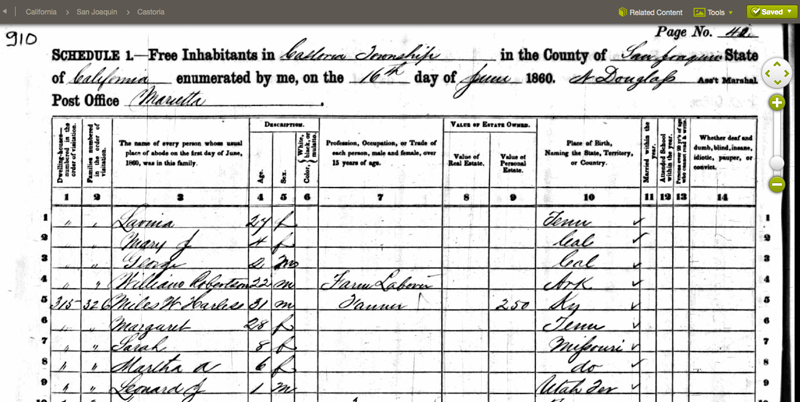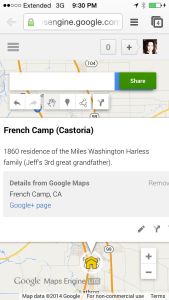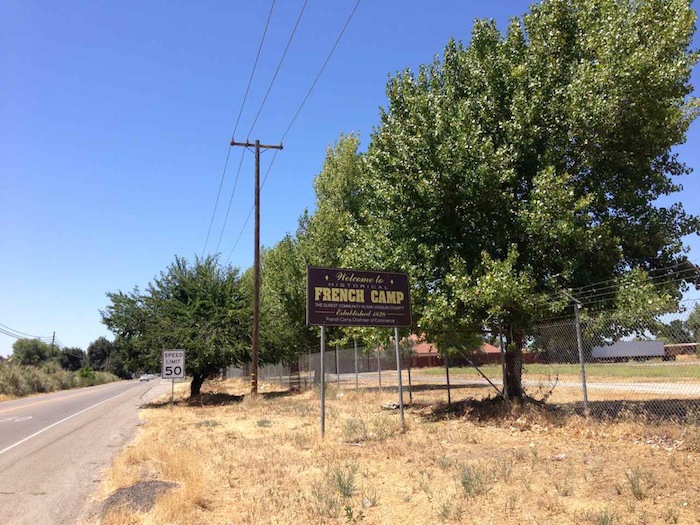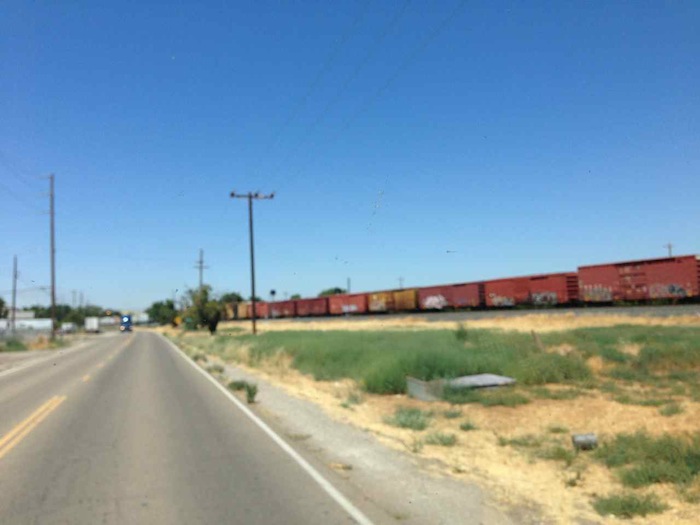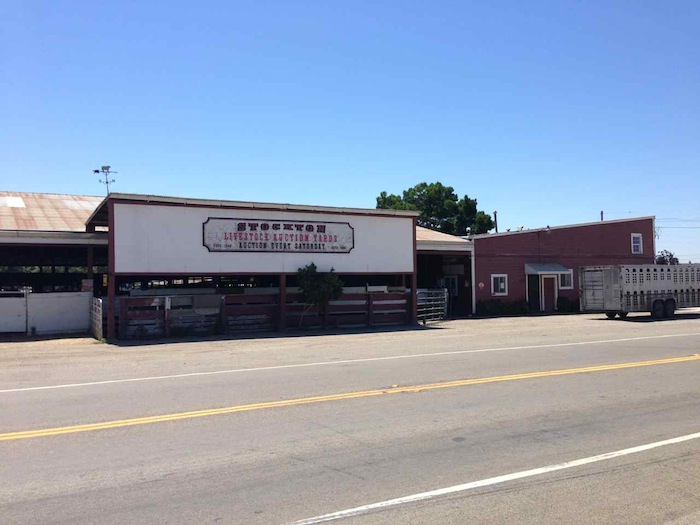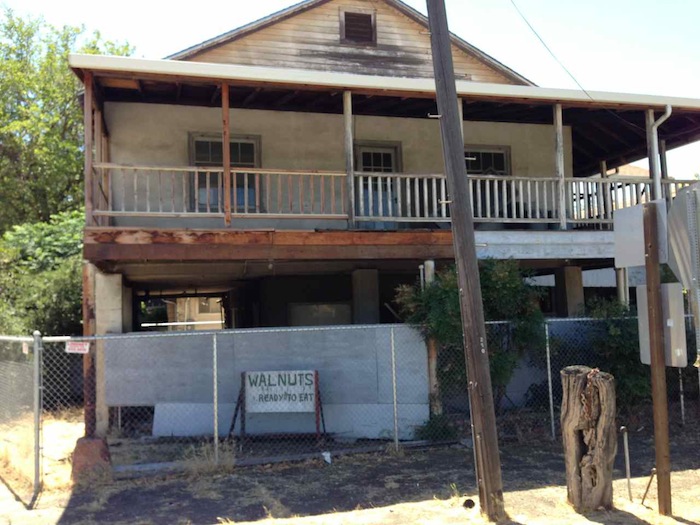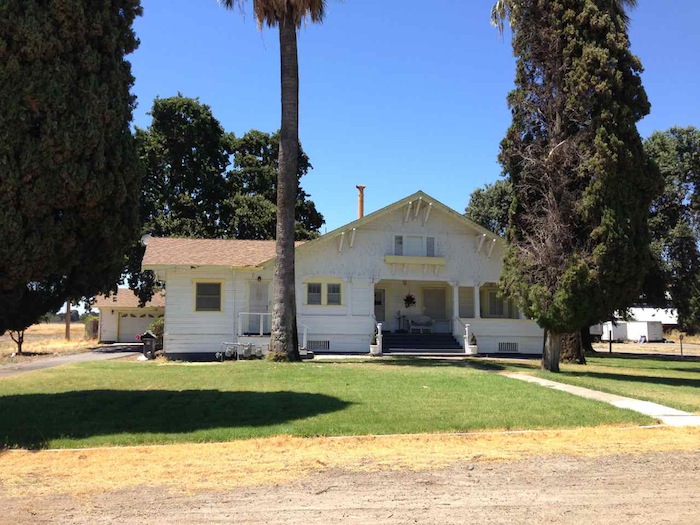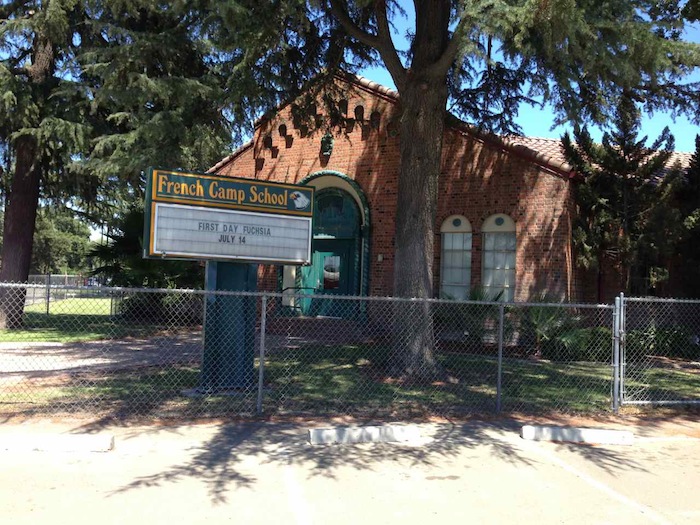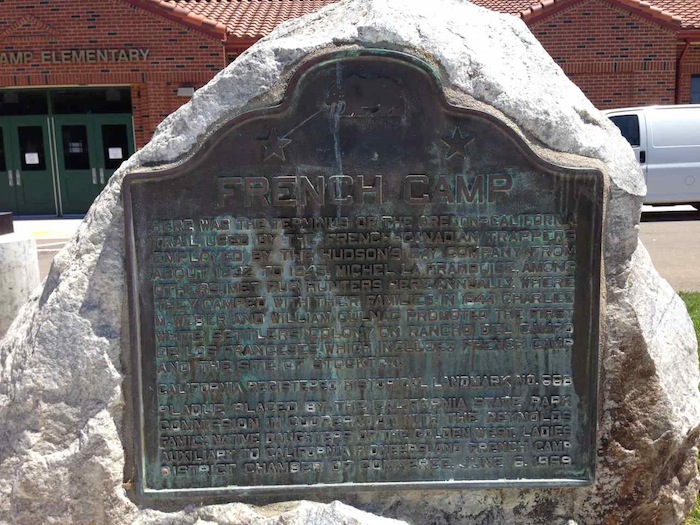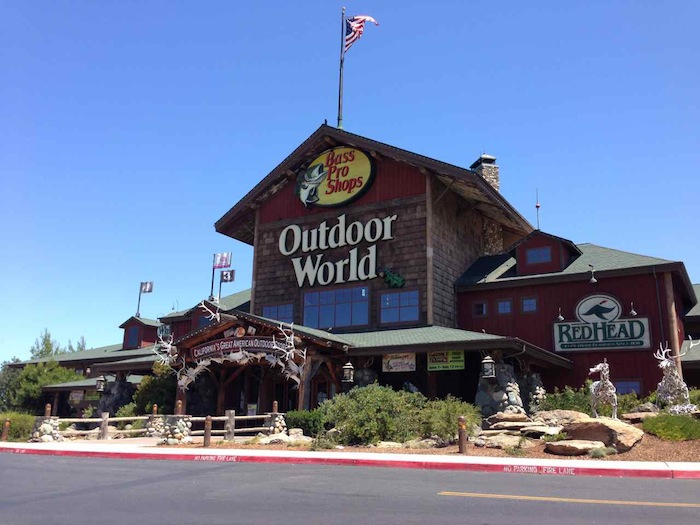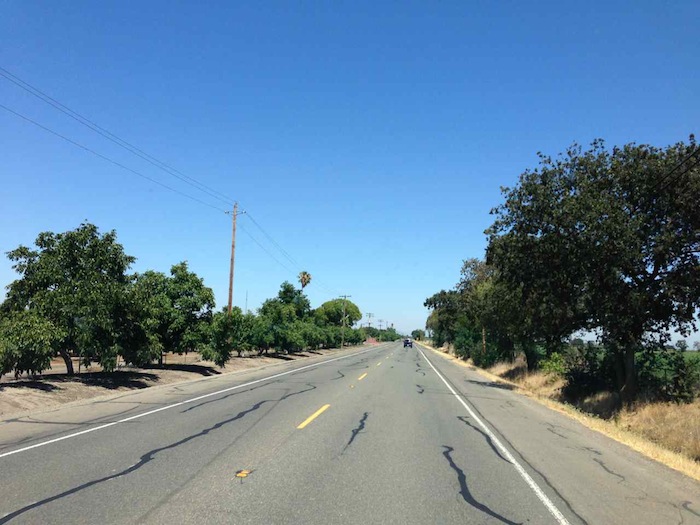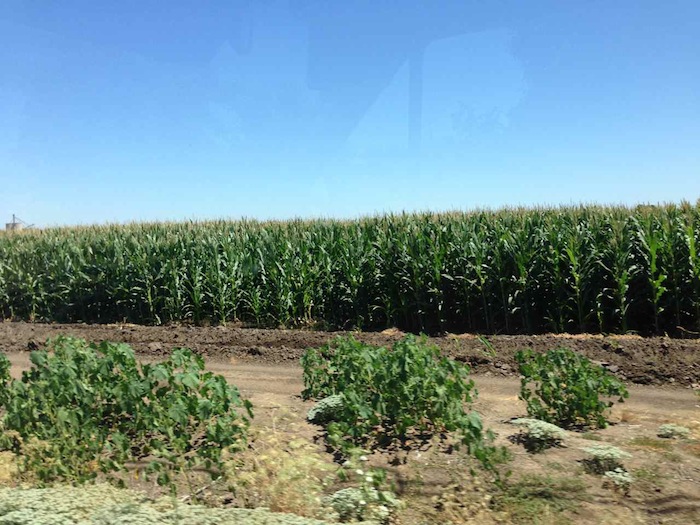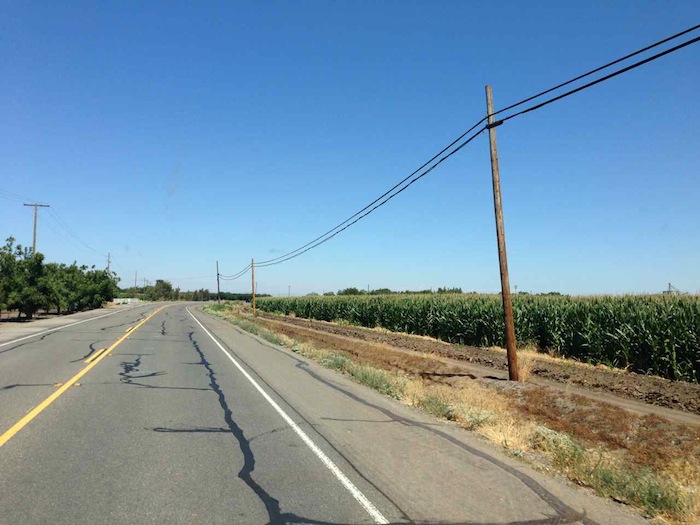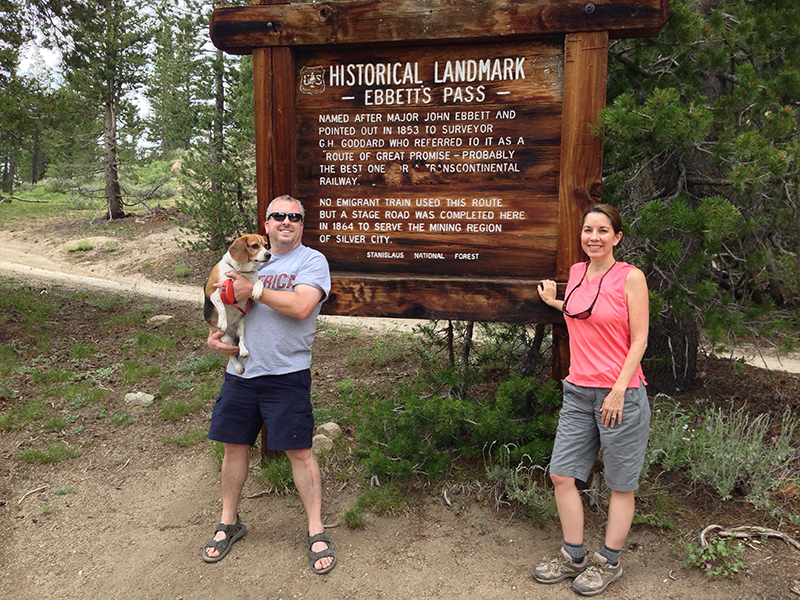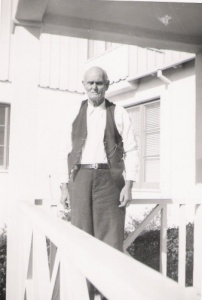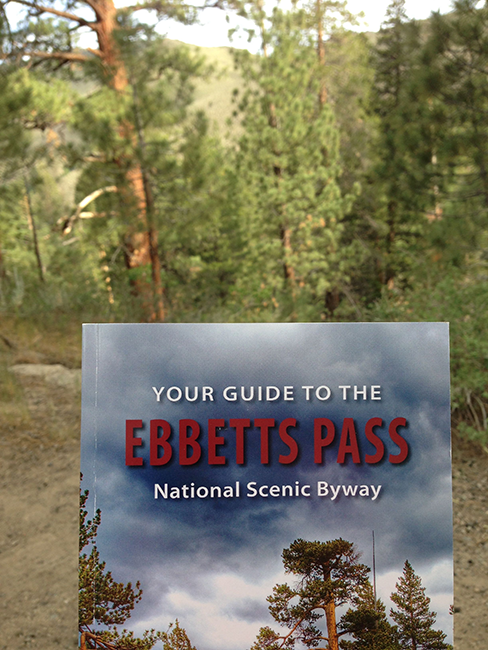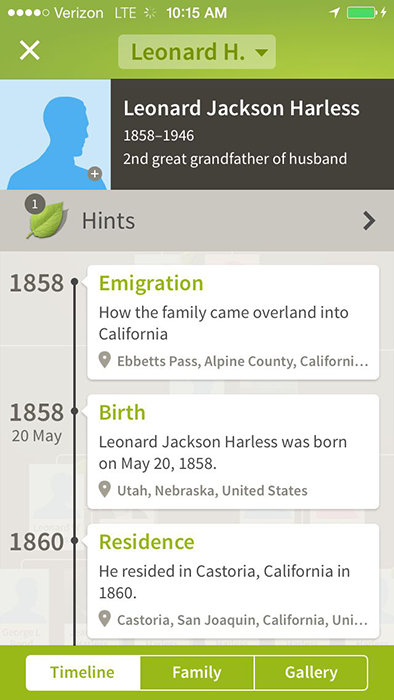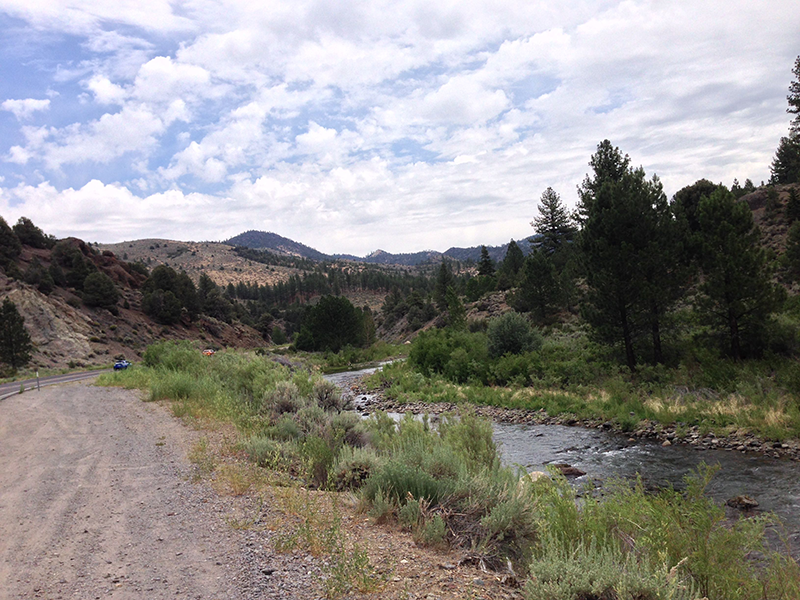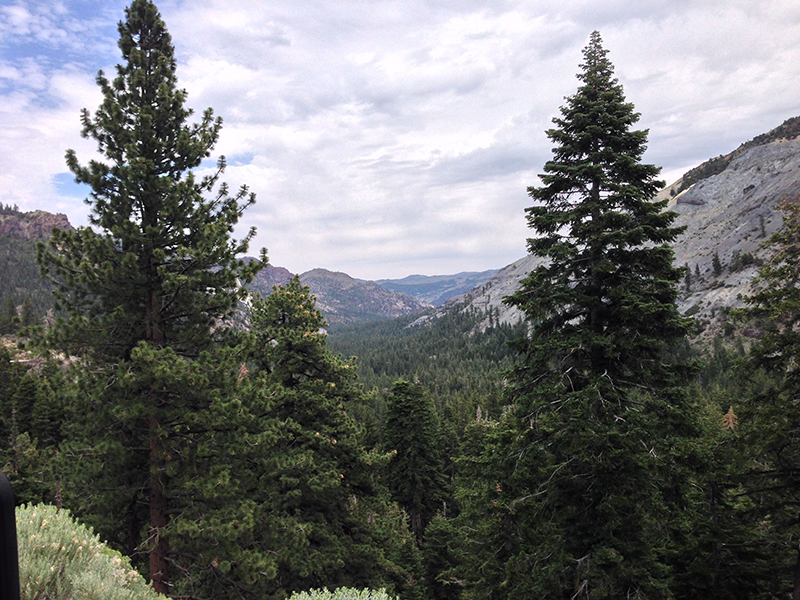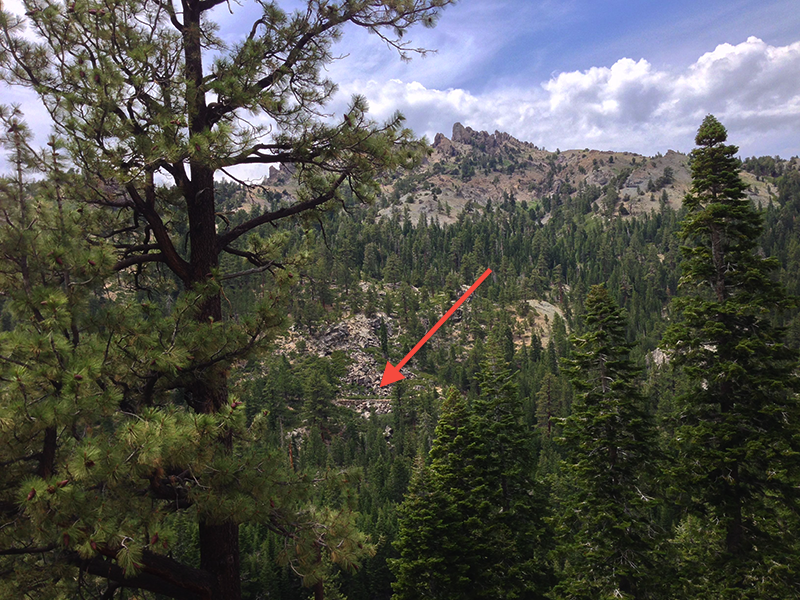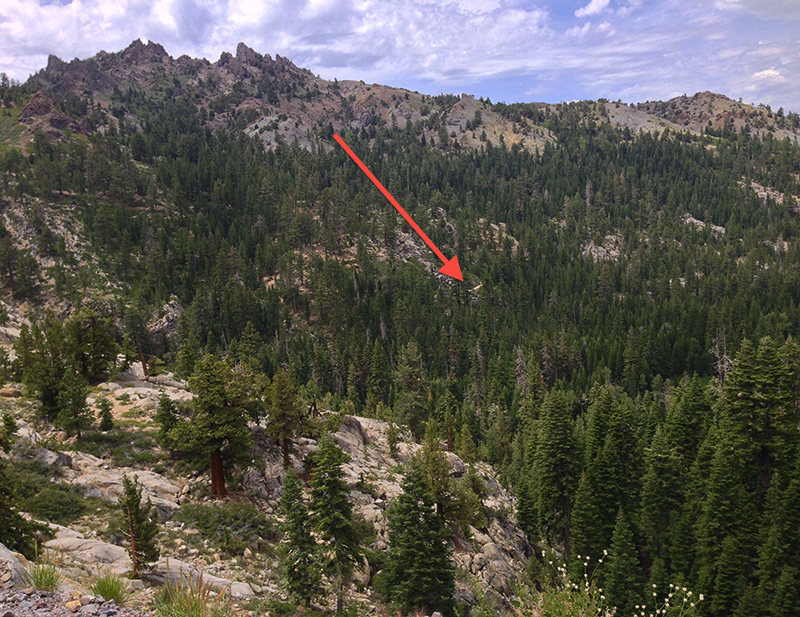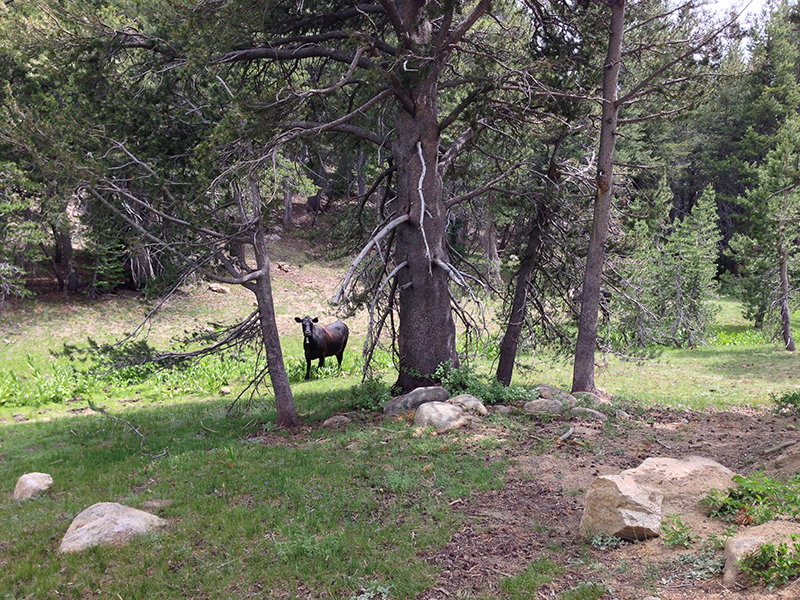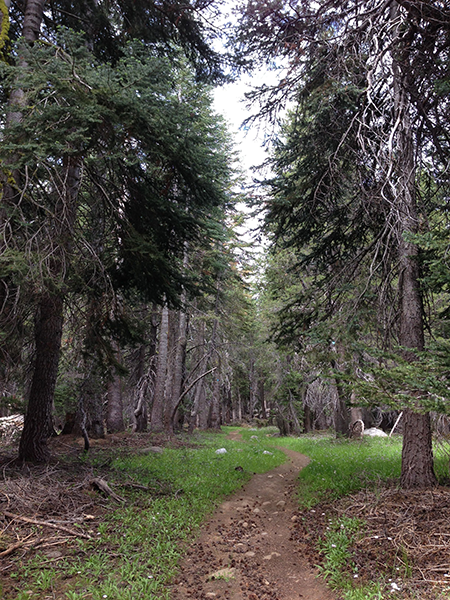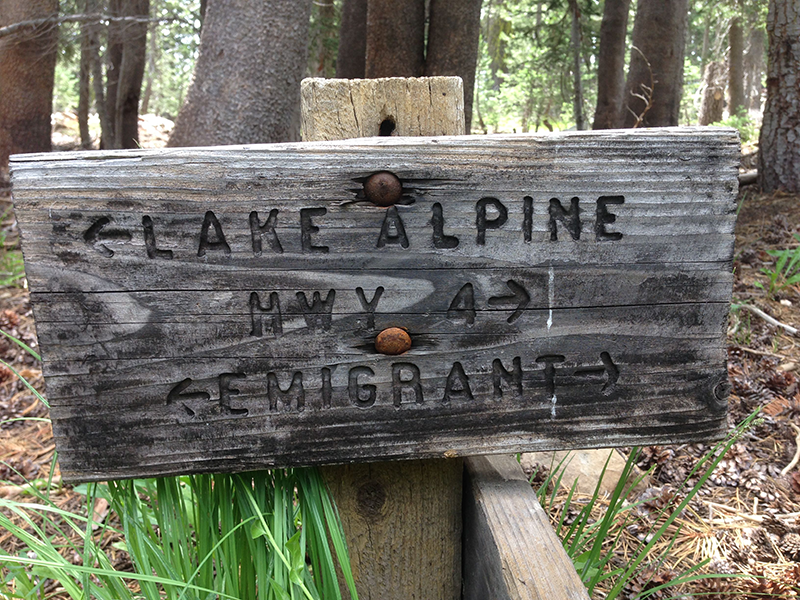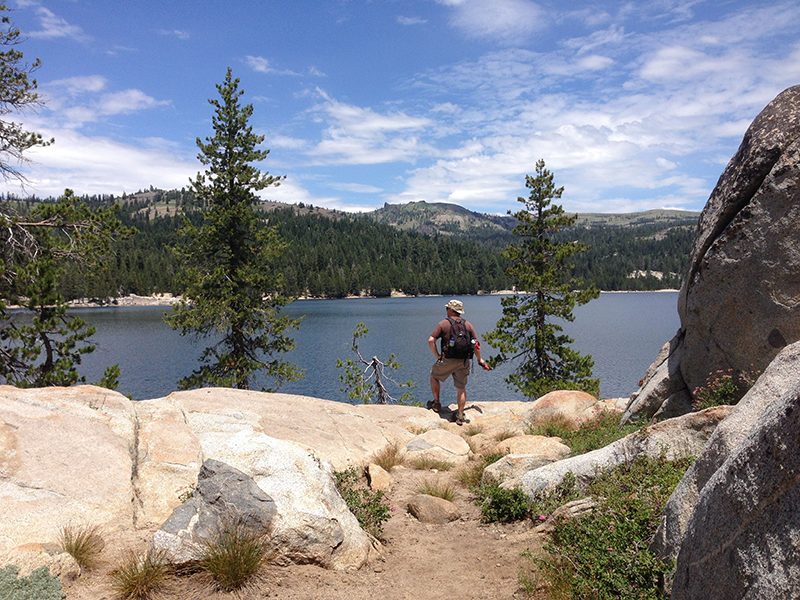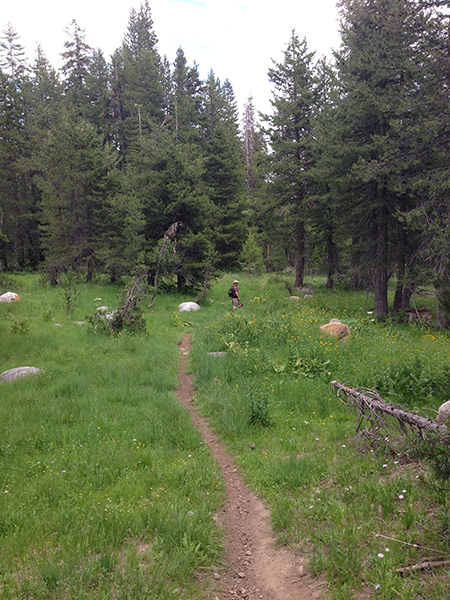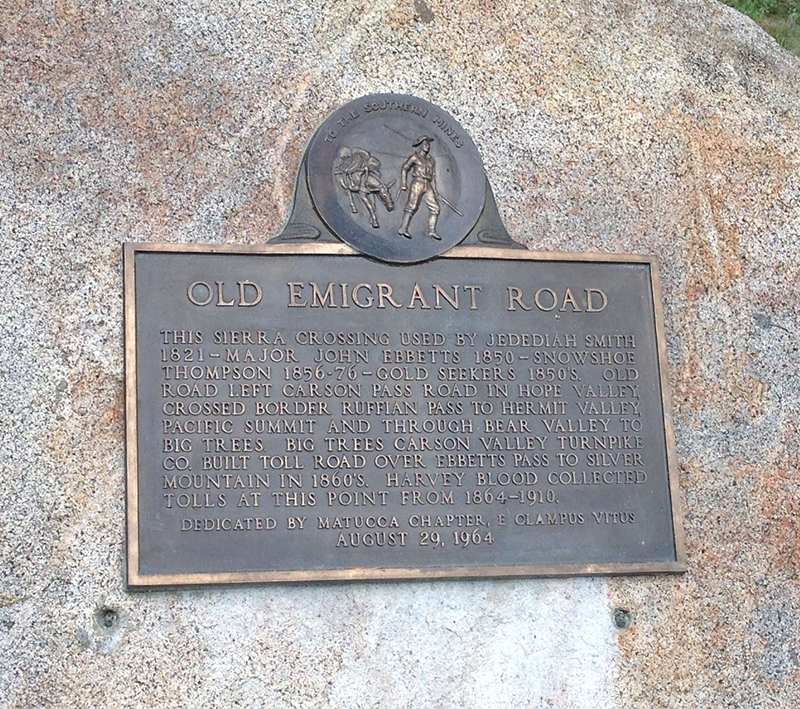My 43rd entry in Amy Johnson Crow’s “52 Ancestors in 52 Weeks family history blogging challenge.
The challenge: have one blog post each week devoted to a specific ancestor. It could be a story, a biography, a photograph, an outline of a research problem — anything that focuses on one ancestor.
I am still playing catch up, from being sick for a big part of this year.
My 43rd ancestor is my husband Jeff’s 3rd great grand uncle, Andrew Jackson Gann (1837-1910). Andrew Jackson was born on 14 November 1837 in Missouri to William Gann (1792-1845) and Leah Gann (1810-1863). He was the youngest brother of my husband’s 3rd great grandmother Margaret Gann (1830-1919), whom I recently profiled in a post about 26 Mile House in Stanislaus County. Andrew Jackson died on 12 May 1910 in Copperopolis, Calaveras County, California.
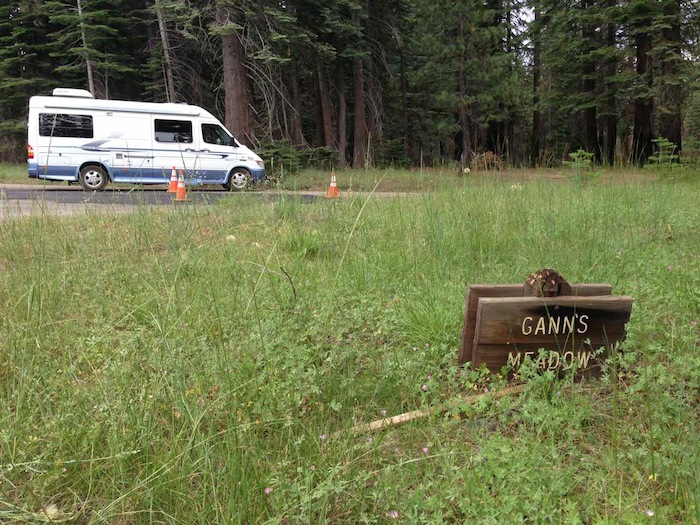
This post, although attributed to Andrew Jackson since the 52 Ancestors series needs each blog post to profile an ancestor or relation, is really about a location — Gann’s Meadow on Ebbett’s Pass National Scenic Byway (Highway 4), one of California’s trans-Sierra routes. I talked about Ebbett’s Pass and the old emigrant route in detail in my post about Jeff’s 2nd great grandfather Leonard Jackson Harless, who came over the pass as an infant with his family in 1858. Our Harless family’s emigrant group was headed up by a Gann relation, and apparently met up in San Joaquin County with Gann relations who had arrived in California earlier that decade. These Gann-Harless relations can be found living near each other in Castoria (aka French Camp) on the 1860 US Census.
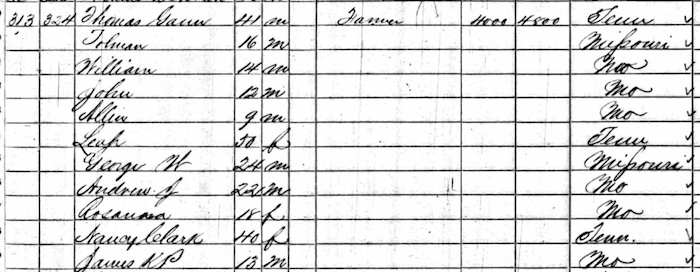
While preparing for this genealogy camping road trip, I had come across references to Gann’s Meadow when reading up on Ebbetts Pass. I knew there were at least two Gann connections in our Harless family: my husband’s 3rd great grandmother Margaret Gann (referenced above) and his 2nd great grandmother Pauline Adeline Gann (1858-1946). So I made a mental note to stop and photograph that location on our trip. I had no idea how or if the Gann of Gann’s Meadow was related to us, but I had a strong hunch that we were connected.
Gann’s Meadow is located on Ebbetts pass National Scenic Byway, at mile marker 15.7 if heading east from Arnold or mile marker 45.3 if heading west from Markleeville.
Gann’s Meadow was settled in the 1870s by George, Jackson, and William Gann, who arrived in California from Missouri in 1853. First engaged in the cattle business in San Joaquin County, they eventually acquired a ranch in Calaveras County north of Salt Spring Valley on the old road to Spring Valley (near present Valley Springs). Their summer cow camp, located on the Big Tree and Carson Valley Road, soon became known as Gann’s Station.
The 160-acre ranch was homesteaded by Charles A. Gann in 1902 and patented in 1910. A summer home tract, the 38-Mile Tract, consisting of six lots along the western side of the Ebbetts Pass Road, was laid out by the Forest Service in the 1920s. It later became known as the “Gann’s Trespass,” where homes were built on land sold by Charlie Gann in good faith, but actually on national forest lands.
The three stone and frame cabins on the north side of the road are all that remain of Bailey’s Resort, a popular summer recreation area in the 1920s. The main lodge burned in later years, and its location is now beneath the highway. A modern residence and restaurant were built on the southwest end of meadow in the late 1960s to cater to travelers to the Bear Valley Ski Area, but has been vacant for many years. Once the cattle were removed from the area, the meadow, which had previously been kept open by Native American coppicing and burning, as well as natural fires, filled in with native conifers. (Source: Ebbetts Pass National Scenic Byway)
The same information, pretty much verbatim, is provided on the Calaveras Heritage Council website.
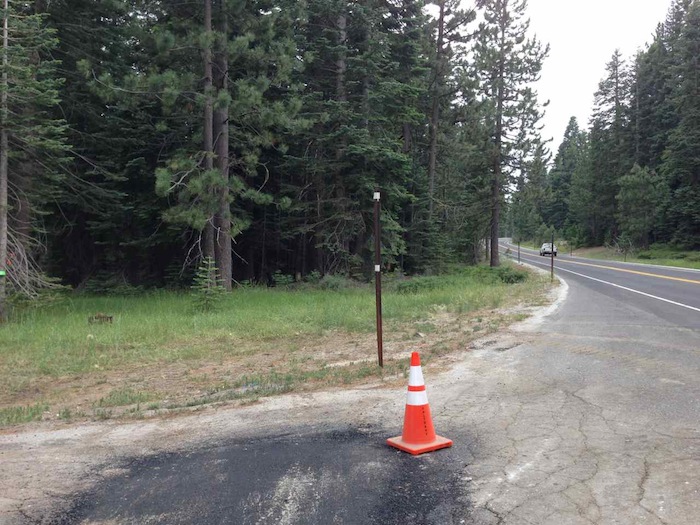
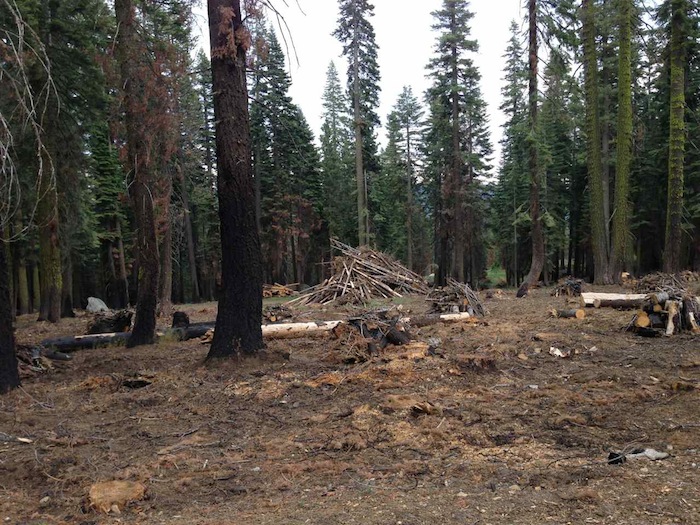
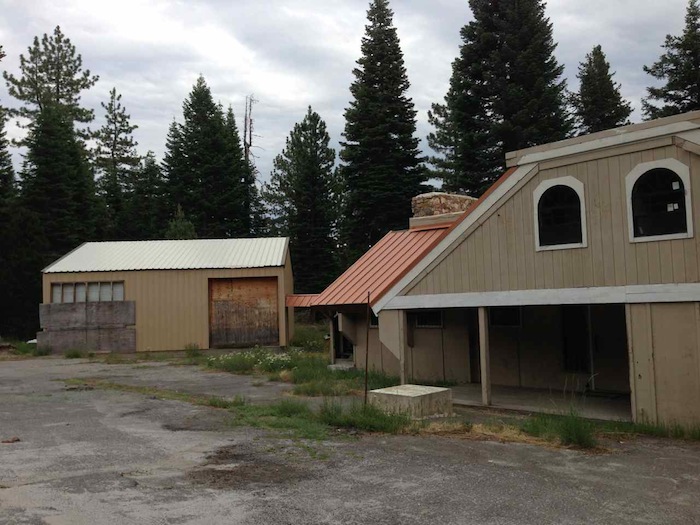
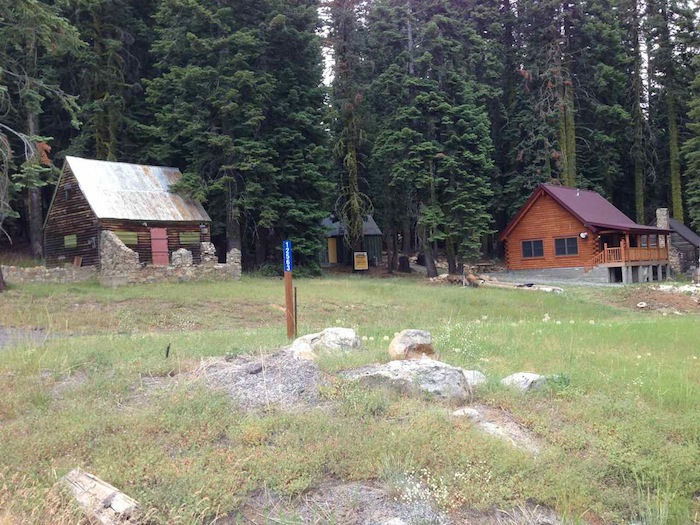
Determined to try to find a specific connection with our Ganns, I spent quite a bit of time this past weekend researching my husband’s Gann line, trying to find male Ganns with these names, in the right place, at the right time. The names William, George, and Charles are pretty common among our Gann ancestors, so I decided to focus on Jackson, which does not appear to be as common a name. And since both the Ebbetts Pass site and the Calaveras Heritage Council sites identify William, George, and Jackson as brothers, I focused on finding sibling sets in our Gann lines with those same names.
The most likely candidates so far are the brothers of Margaret Gann. Margaret had brothers named George William Gann (1834-1923) and Andrew Jackson Gann (the subject of this post), both of whom emigrated to California. Andrew Jackson may have gone by his middle name, Jackson. Both Andrew Jackson and George William died in Calaveras County, not far from Gann’s Meadow. I do not find a brother named William though who lived to adulthood, just George William. However, I am still putting together all of the siblings’ names. So there may still be another brother I haven’t found yet. Those articles about Gann’s Meadow also reference a Charles “Charlie” Gann, who appears to be from a younger generation (perhaps the son of one of the brothers). I have not identified Charlie either.
Needless to say, I will definitely keep digging more into this part of our Gann family history.
[contentblock id=25 img=html.png]
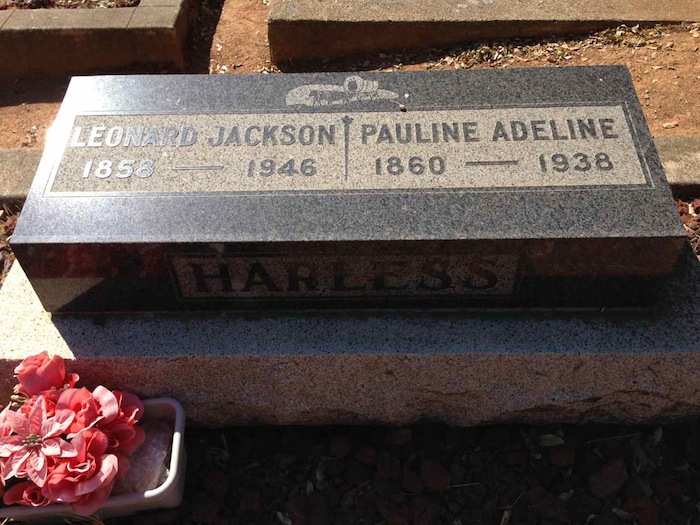
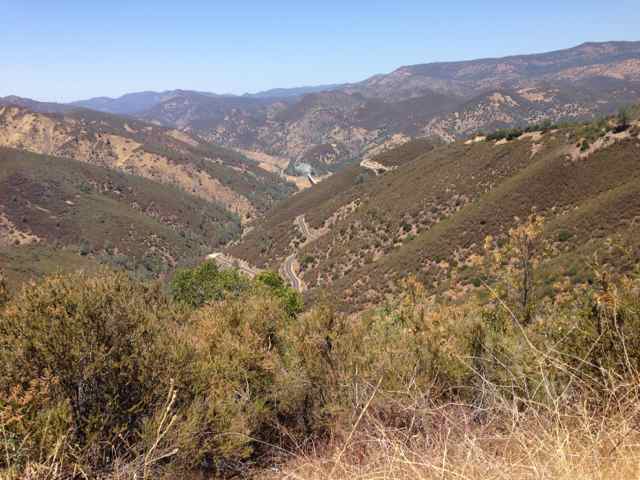
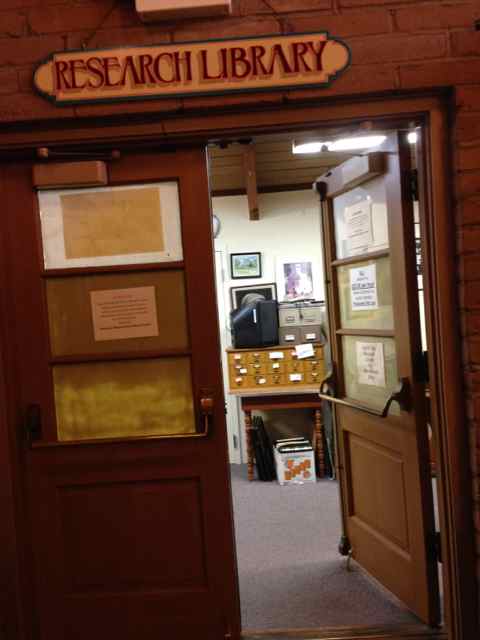
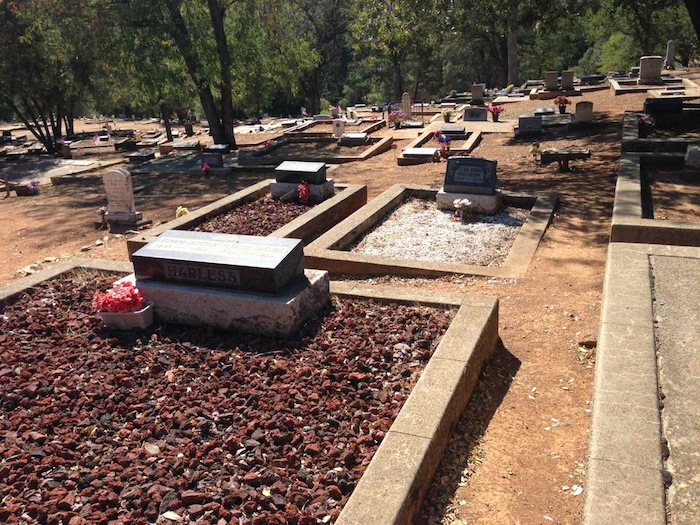
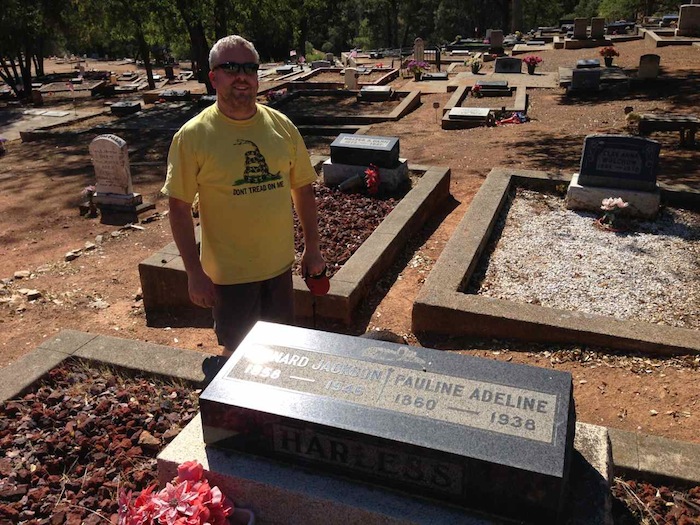
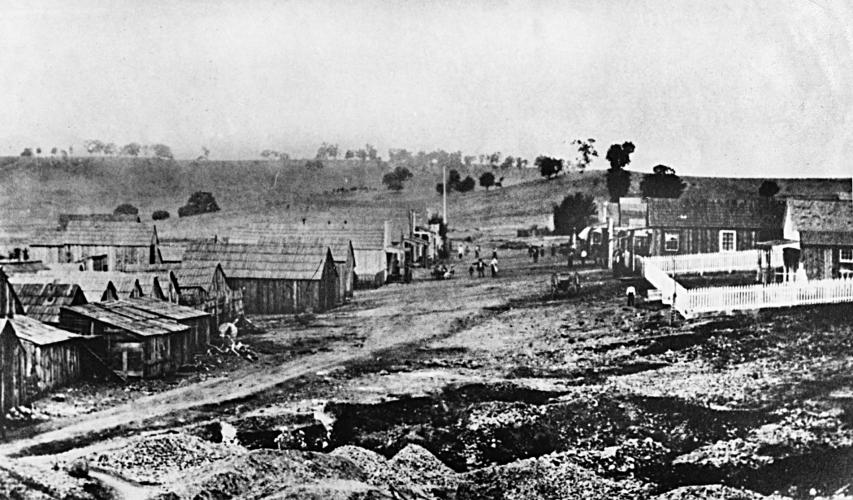
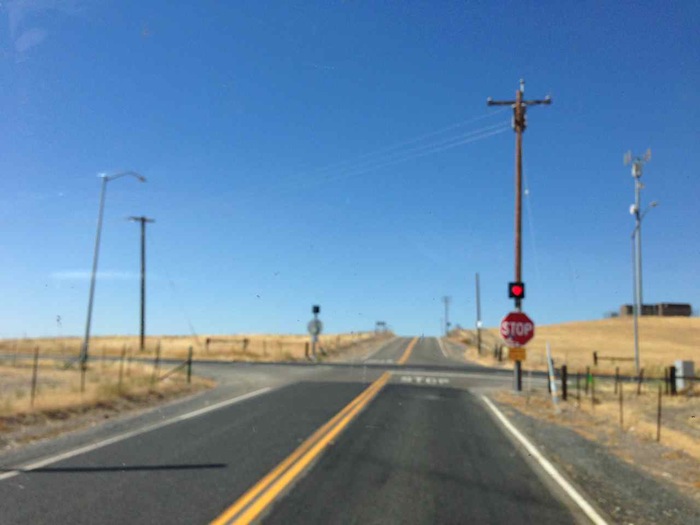
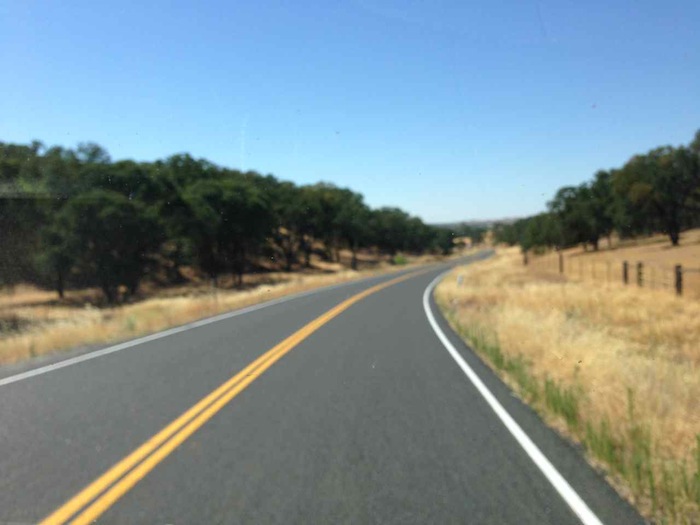
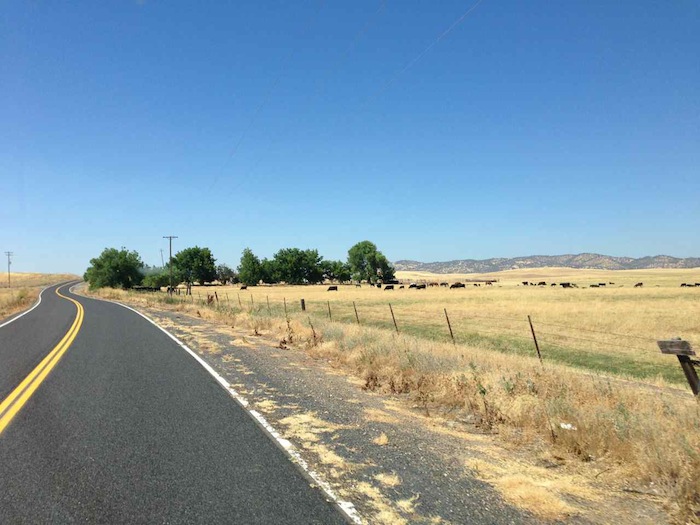
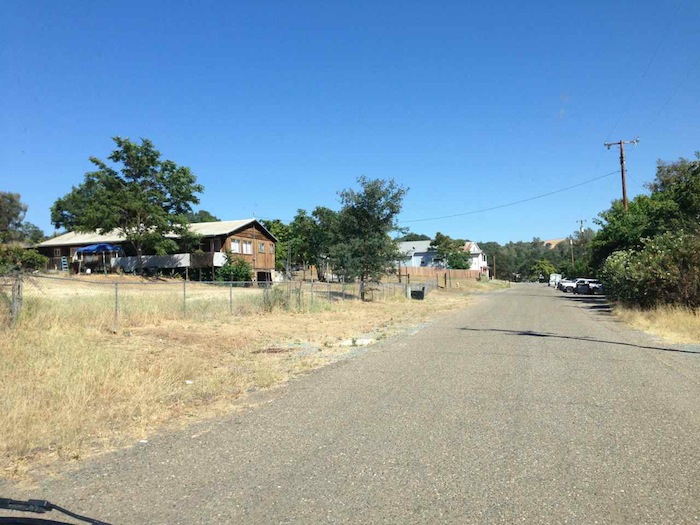
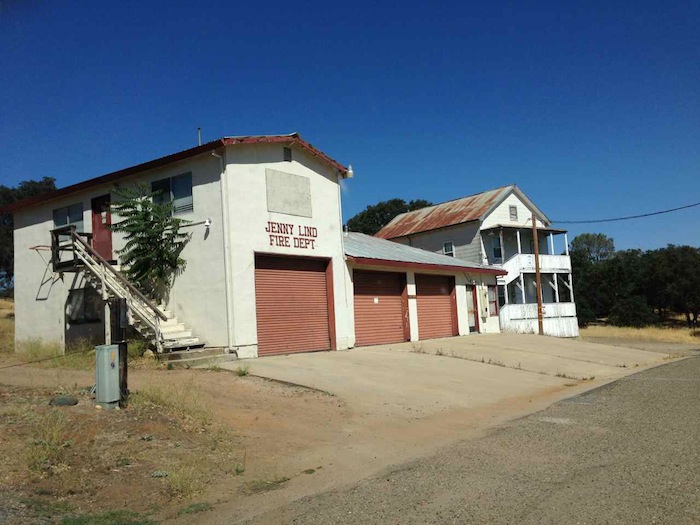
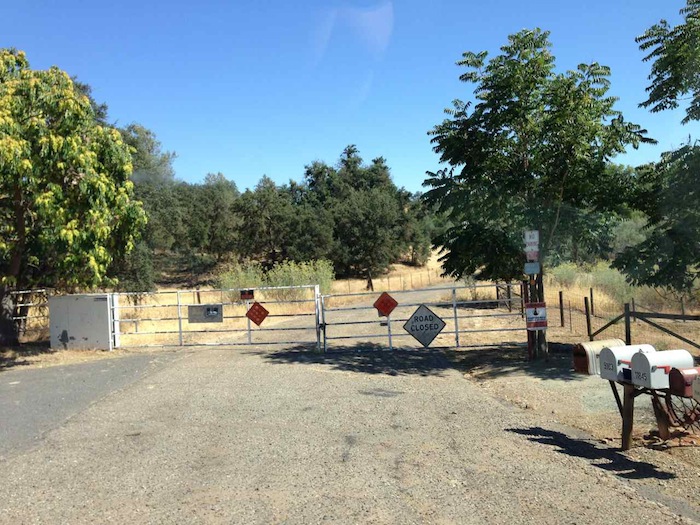
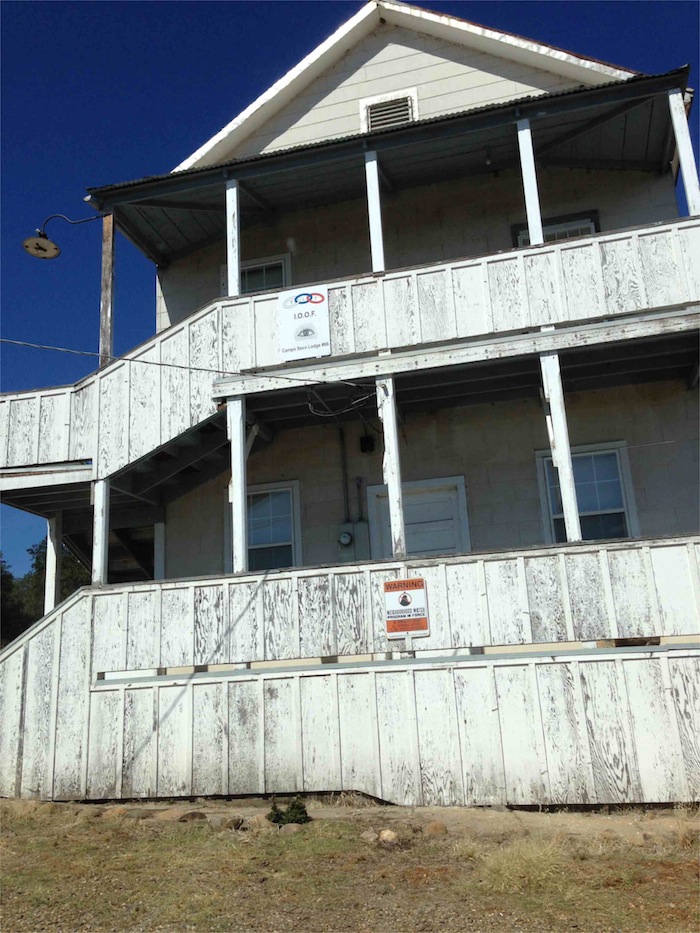
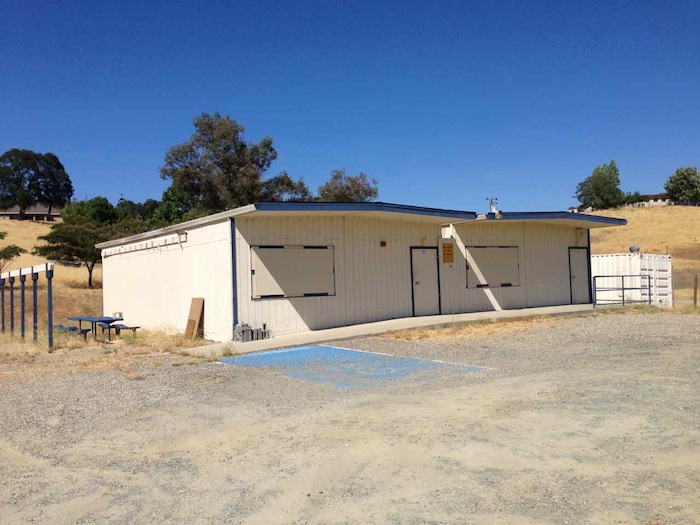
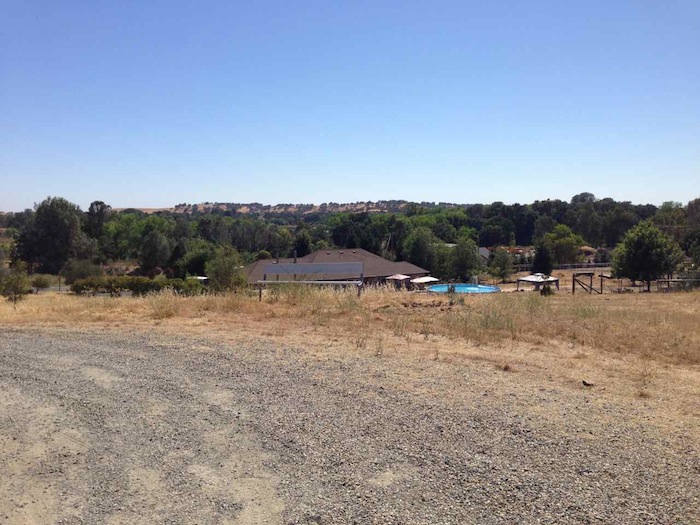
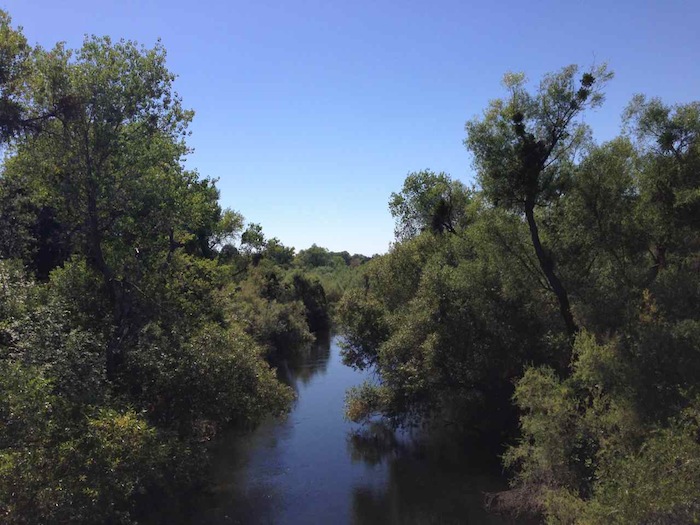
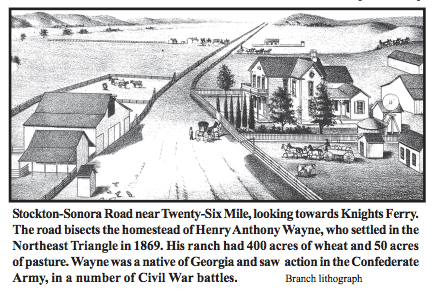

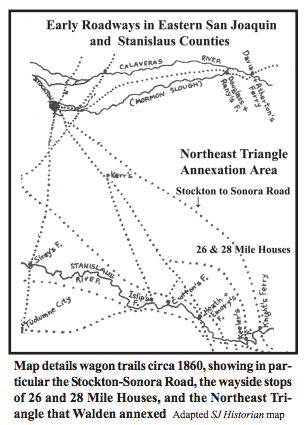
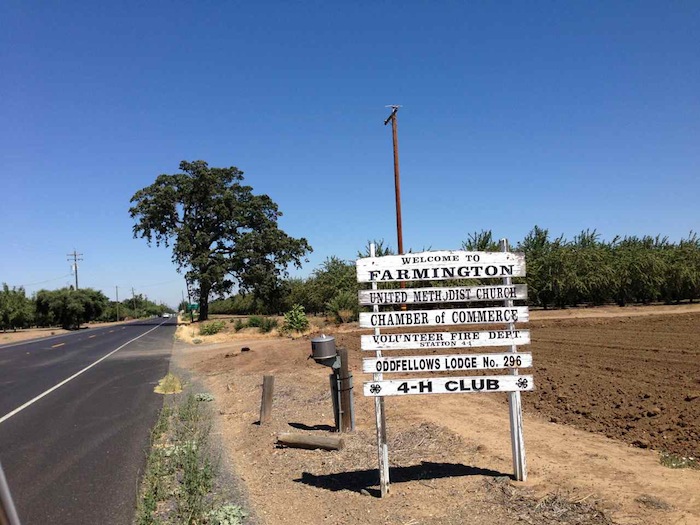
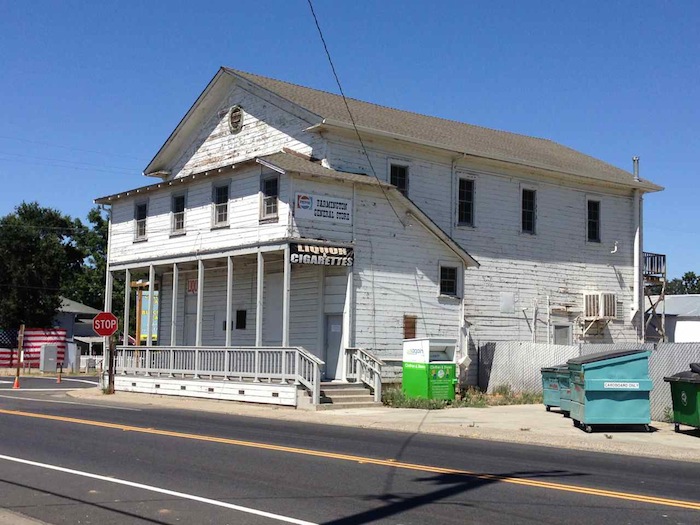
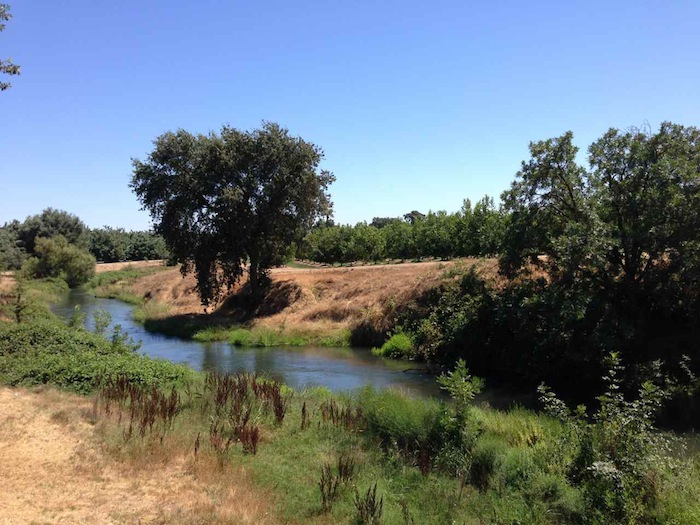
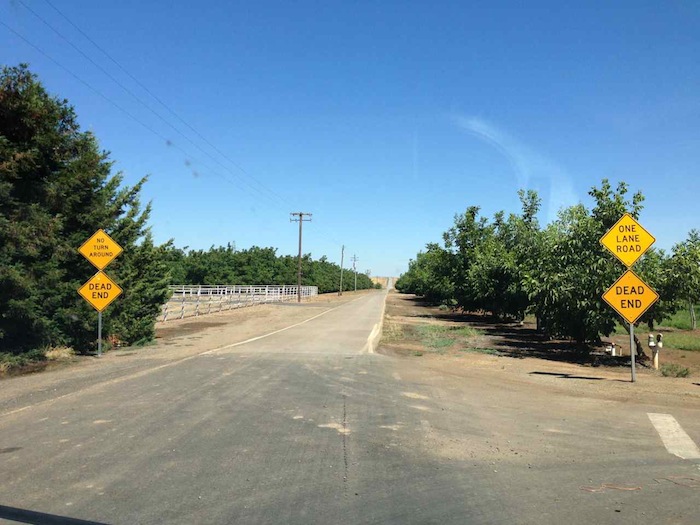
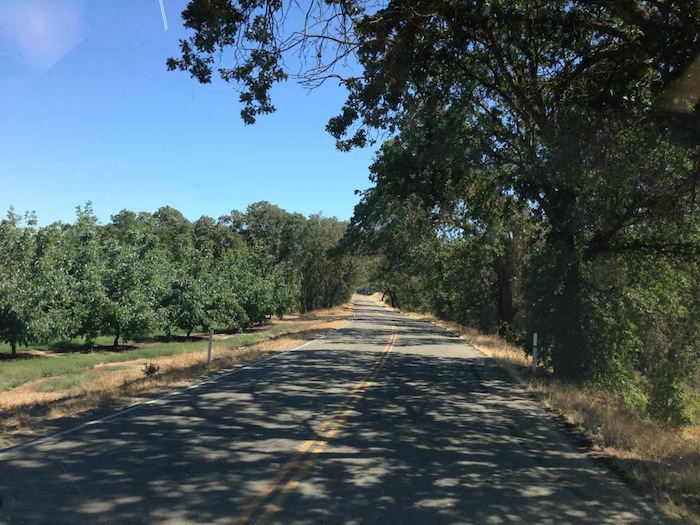
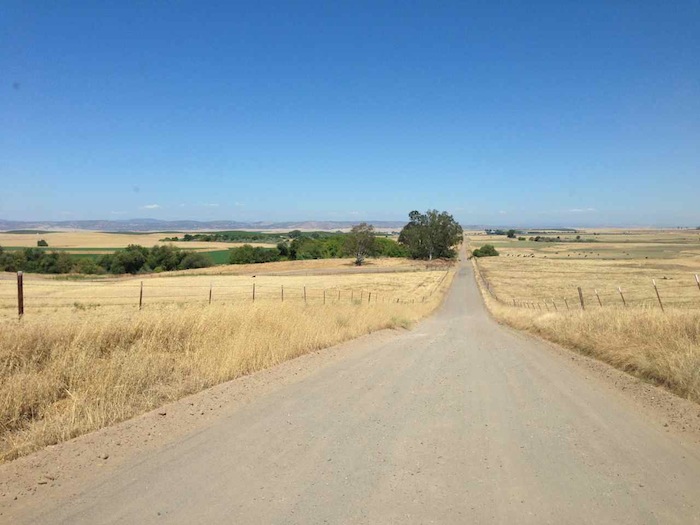
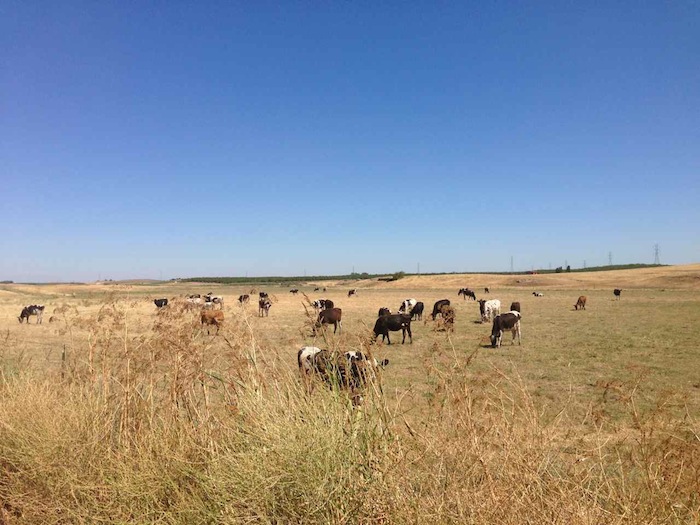
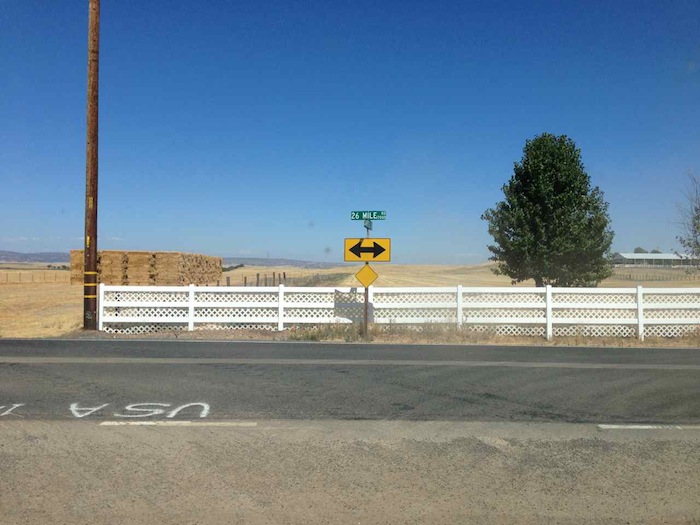
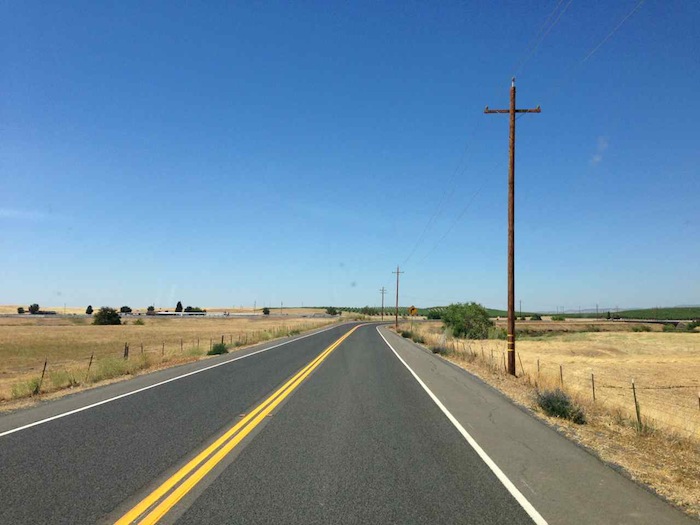
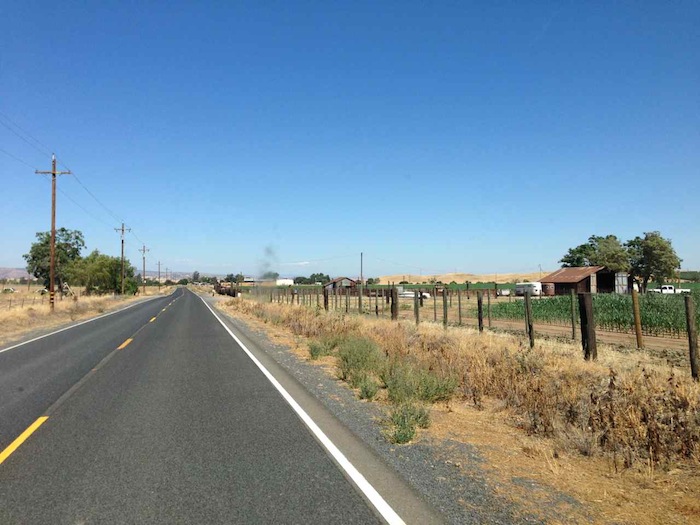
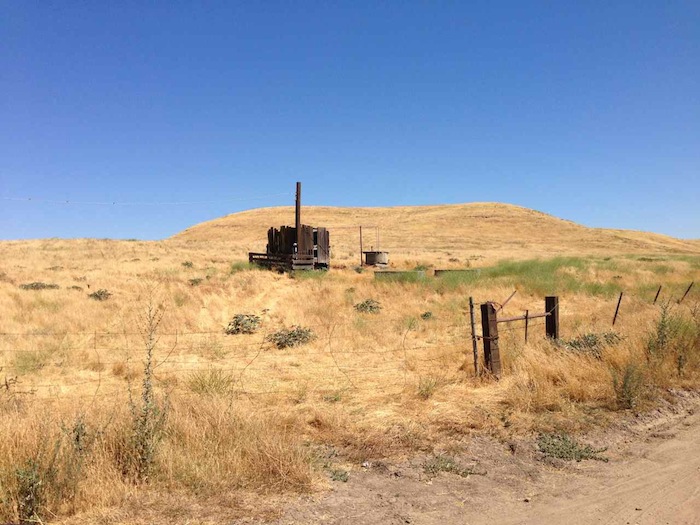
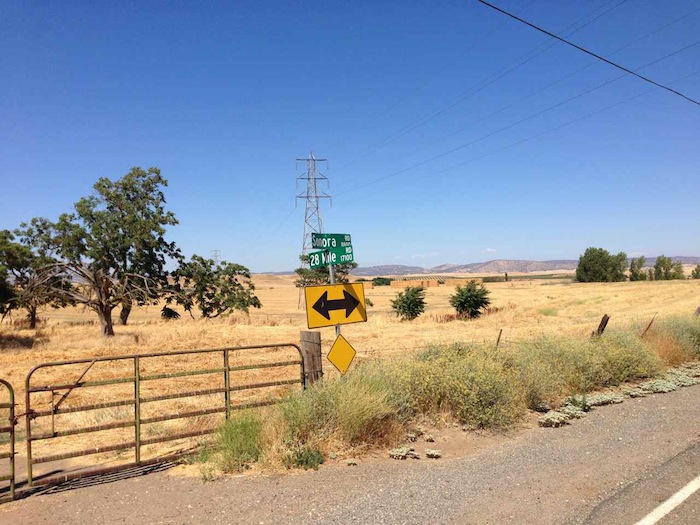
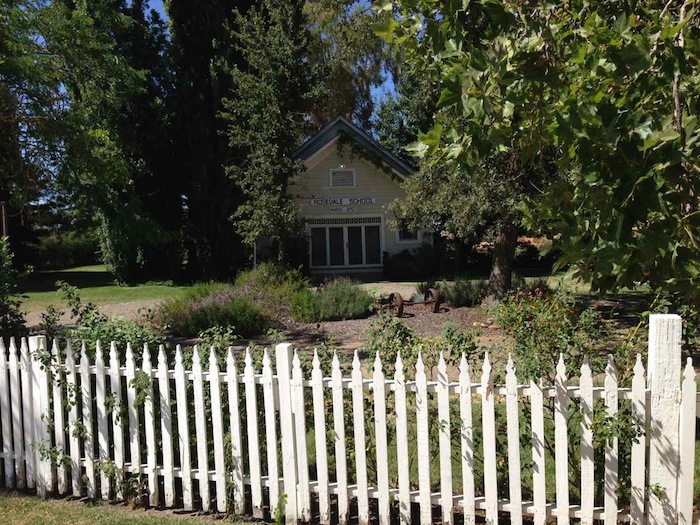
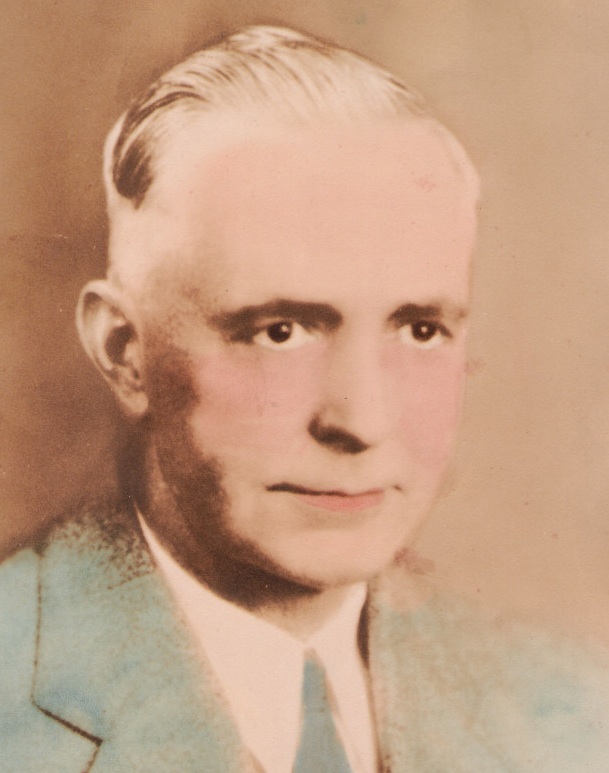
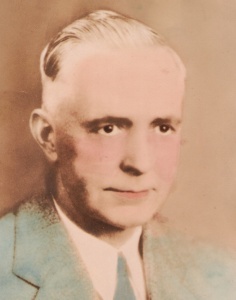 My 40th entry in Amy Johnson Crow’s “
My 40th entry in Amy Johnson Crow’s “